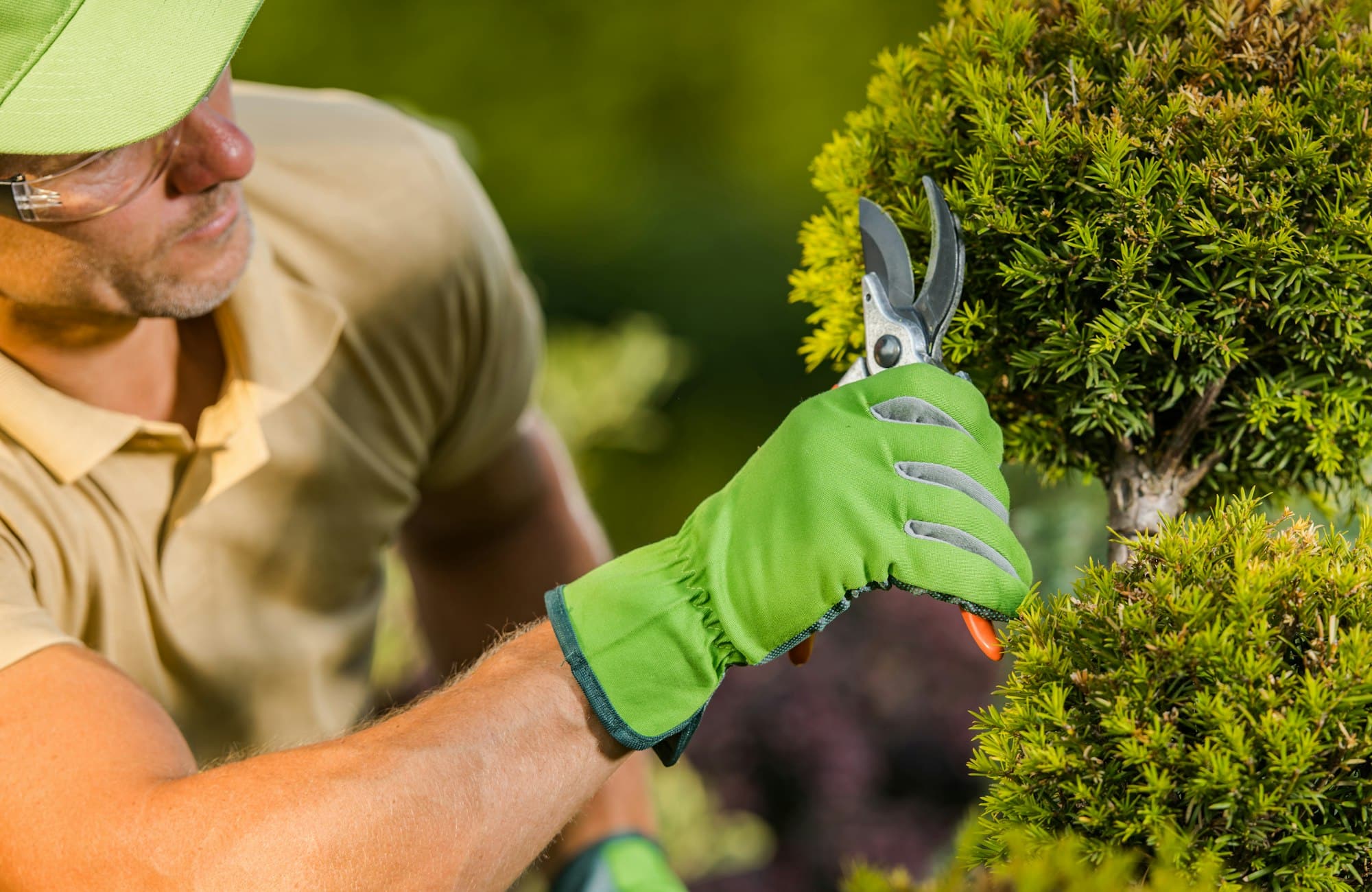One of the most frequently asked questions by garden enthusiasts is about the best time for pruning fruit trees. In the UK, this question becomes even more challenging due to the climatic diversity and considerable temperature fluctuations. This article will guide you through the fundamentals of pruning, explaining why it’s essential, and pinpoint the ideal times of the year for different fruit trees.
Why Pruning is Essential?
Pruning is a vital part of tree care, ensuring healthy growth and bountiful harvests. But why exactly is it so important, and how does it aid the growth of your trees?
Dans le meme genre : Can You Successfully Grow Citrus Trees in UK’s Unpredictable Climate?
Pruning involves the removal of specific branches or stems to benefit the whole tree. It is not about cutting branches randomly; instead, it’s about knowing which branches to prune and when to do it. Pruning fruit trees helps to foster their shape and encourage the growth of new, healthy branches.
Pruning also aids in the prevention of diseases and pests. Overgrown branches can often lead to a lack of air and sunlight penetration, creating a conducive environment for diseases and pests. By removing these excess limbs, you enhance the tree’s health and productivity.
Lire également : How to Choose the Right Shade Trees for a Small UK Urban Garden?
Pruning Apple Trees
Apple trees are one of the most popular fruit trees in UK gardens. While these trees may seem robust and hardy, they require careful maintenance to ensure they bear fruit.
The best time to prune apple trees is in late winter or early spring. At this time, the tree is dormant, and the absence of leaves makes it easier to see what you’re doing. Pruning during late winter also allows wounds to heal swiftly, reducing the chances of disease or pest infestation.
While pruning during the dormant season is ideal, summer pruning can also be beneficial for apple trees. Summer pruning allows for the control of the tree’s size and helps to enhance fruiting. Remember, however, that summer pruning should be lighter and restricted to removing the new shoots that aren’t producing fruit.
Pruning Fruit Trees for Growth
Pruning isn’t just about maintaining the health of your fruit trees; it’s also about controlling their growth. By effectively pruning your trees, you can manipulate their size, shape, and direction of growth.
The ideal time to prune for growth is late winter or early spring, just before the new growth starts. This timing allows the tree to invest all its energy into producing new branches and leaves. Pruning during this period helps to establish a strong structure for the tree, promoting better fruit production in the future.
Remember, pruning should not be a drastic action. Rather, it should be a gradual process where you remove only the necessary branches. Excessive pruning can stress the tree, leading to weak growth and poor fruit production.
When to Avoid Pruning
While pruning is critical to the health and productivity of your fruit trees, certain times are not recommended for this task.
One such period is late summer or early autumn. Pruning during this period stimulates new growth, which will not have enough time to harden off before the onset of winter. This can lead to frost damage, significantly affecting the health and productivity of the tree.
Another time to avoid pruning is during the trees’ blooming period. Tree wounds can attract disease-carrying insects, which are abundant during the blossoming season. It’s best to wait until the flowering is over before you start your pruning tasks.
Tailoring Pruning to Different Fruit Trees
The type of tree also significantly determines the best time for pruning. Apart from apple trees, other common fruit trees grown in the UK include pear, plum, cherry, and peach trees.
Pear trees, like apple trees, are best pruned in late winter or early spring. For plum trees, however, the best time to prune is early to mid-summer to avoid infection from silver leaf disease. Cherry and peach trees should be pruned in the late spring or early summer after the risk of frost has passed.
Ultimately, understanding your trees’ growth patterns will significantly enhance your pruning tasks. While there isn’t a one-size-fits-all approach to pruning, knowing the basics and adapting them to each species will ensure the health and productivity of your garden fruit trees.
Crafting a Pruning Schedule
Having a regular pruning schedule for your fruit trees is imperative to ensure their healthy growth and plentiful harvests. This schedule will largely depend on the type of fruit trees you have in your garden.
For apple trees, it’s best to conduct a heavy pruning in late winter or early spring, when the tree is dormant. This is the ideal time since the absence of leaves allows you to clearly see and identify which branches need pruning. A lighter summer pruning can be carried out to control the size of the tree and remove non-fruiting shoots.
As for pears, their pruning time aligns closely with apple trees. Late winter or early spring is the golden period to prune them as it allows the tree to focus its energy on generating new growth come spring.
Plum trees, in contrast, are best pruned in early to mid-summer. This timing helps prevent infection from the dreaded silver leaf disease, a fungal disease that can severely damage your trees.
Finally, for cherry and peach trees, it’s best to delay pruning until late spring or early summer when the risk of frost has passed. Pruning too early can expose these trees to frost damage, which can significantly impact their health and fruit production.
Concluding Thoughts
Pruning is a crucial aspect of fruit tree care in the UK. It helps shape the tree, promote healthy growth, and enhance fruit production. The exact time to prune varies according to the type of tree; however, late winter and early spring generally prove to be the optimal times for most trees.
Avoid pruning in late summer or early autumn as it can encourage new growth that simply won’t have enough time to harden before winter sets in, leading to potential frost damage. Also, steer clear of pruning during the tree’s blooming period as tree wounds can attract disease-carrying insects.
Remember, pruning isn’t a one-time task but a regular commitment. Knowing when to prune your trees and how to do it effectively plays a significant role in ensuring the longevity and productivity of your fruit trees. Whether you have apple trees or plum trees, understanding their specific needs and growth patterns will result in a healthy and fruitful garden.











